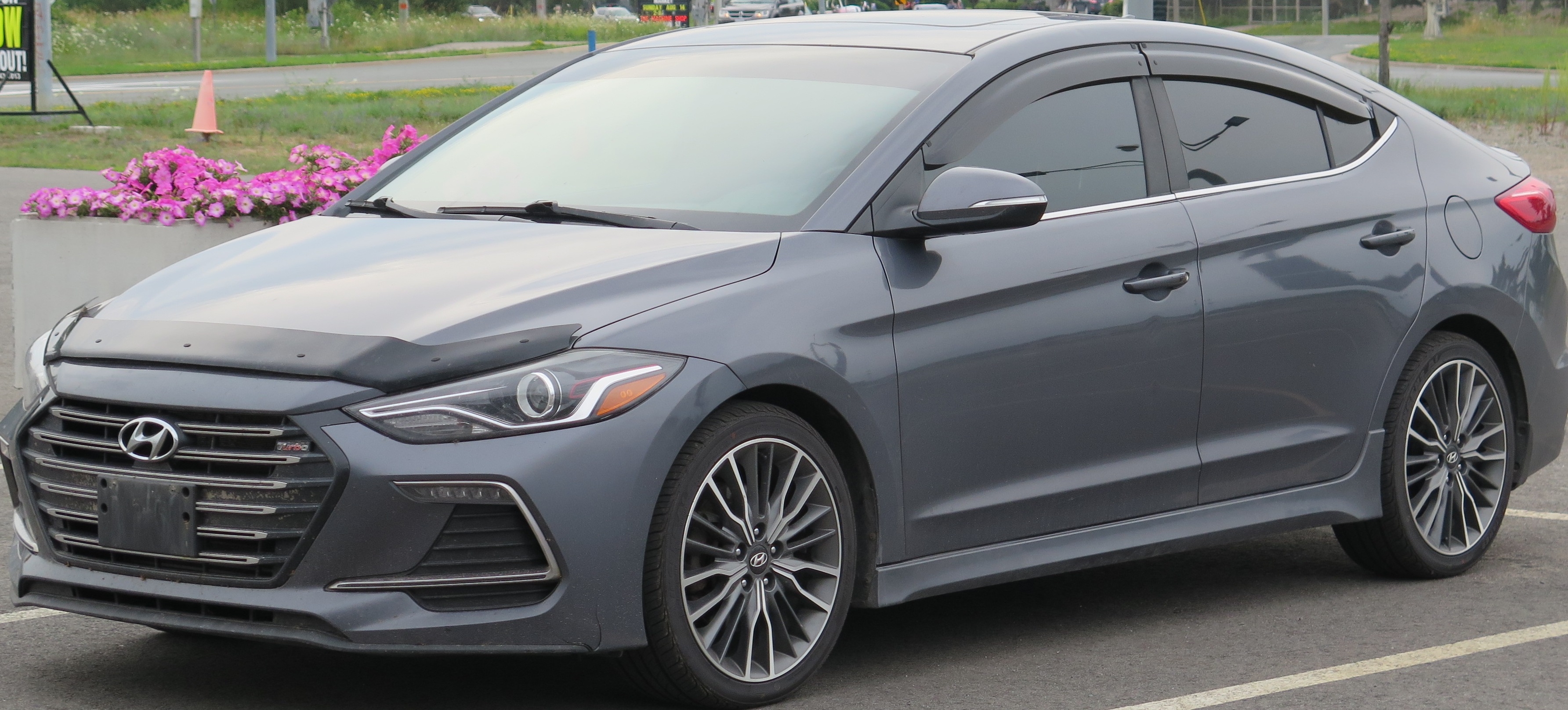The car industry has to adapt to the changing environmental and social landscape. That often requires retiring older cars so that newer versions may take their place. Usually, the practice introduces more features and improved performance, but there are a few cars that make their mark even after production shuts down. The Hyundai Elantra is one of those.
As a luxurious, high-tech sedan that was still affordable, it was sad to see it go. Sure, it was replaced by the new and improved i30, yet a few customers don’t think that the surcharge was worth it. Given that it’s been discontinued for more than 3 years, you may find it hard getting your hands on one.
If you find yourself asking, ‘Is the Hyundai Elantra a good car?’, then this is just the review you need. We’ll take a closer look as to what makes it so desirable, and how you can conveniently purchase one in any Australian territory.
A Brief History on the Elantra
The Hyundai Elantra laid its first treads on the road in 2006. It filled the gap between the budget saloons, like the Toyota Celica, and the higher-end luxury sedans, such as the BMW 3-series. Over time, it set the benchmark for the ideal sedan that you could commute to the office daily, and be ready for a weekend trip without any modifications.
Unfortunately, Hyundai made an executive decision to replace the Elantra with the i30, a sedan version of the successful i20. While there are several upgrades with the fuel efficiency and technology, the spirited driving behind the wheel of the Elantra is a fond memory for many petrolheads. It takes quite some effort to get your hands on one today. Still, it’s well worth the effort, as you’ll understand with the following sections.
Performance
Hyundai equipped the Elantra with two power sources in 2017. You have the choice between a 2.0-litre naturally aspirated inline-4, or a 1.6-litre turbocharged I-4. The latter puts out 163 hp and 255 Nm of torque. That’s enough to accelerate from a standstill to 60 mph in less than 7 seconds.
In terms of handling, the electronic differential never lets you realise that it’s a FWD car. You can take on the corners around a winding road without losing too much speed. You have the option between a 6-speed manual or a 7-speed automatic transmission. Both offer smooth transitions among the gears and barely differ in top speed. For the best driving experience, it’s best to install Michelin Sport 4 tyres on your Elantra.
Interior
Hyundai wanted the inside of the Elantra to be both sporty and welcoming. With the amount of customisation that came with it, you can slide the bar across the spectrum as per your choosing. The doors have enough swing to accommodate passengers of all shapes and sizes. You can drive around in the Elantra for hours and not get tired.
There is plenty of technology on the dash as well. The central 7.2-inch touchscreen handles most of the commands, and is compatible with both Android Auto and Apple Carplay. You also get a smaller digital display on the driver’s side to read the figures conveniently after dusk. All trims come with dual-zone climate control, providing the perfect atmosphere for all occupants.
In terms of cargo, the Elantra impresses even more. It offers 54 cubic feet of space with the rear seats folded down. There are also smart cupholders and side sleeves that can hold laptop bags and water bottles without much fiddling. You also get a glove box with refrigeration if you choose the right trim.
Exterior
The outside appeal is where the Elantra got some heat. Although later versions tried to rectify the mistakes of original designers, it wasn’t until 2016 that the sharp edges finally granted it an aggressive profile. Nevertheless, the damage had already been done, and Hyundai were already set to roll out another sedan as part of their i30 series.
Still, its successor never forgot the lessons from the Elantra. The compact design is both aerodynamic and convenient to park in a crowded lot. With the absence of curves, the driver has an improved field of view, and can better judge their surroundings when maneuvering in tight spaces. Furthermore, the thin LED headlights and taillights add to the overall appeal, letting you identify the car from far away.
Safety
As far as full-size sedans go, the Elantra is one of the safest versions you can ask for. It received a 5-star safety rating from ANCAP, thanks to a wide range of safety assists and sturdy body panels. In the event of an accident, the car’s main focus is to divert the kinetic energy away from the passengers and into the crumple zones. That keeps the pieces from flying off, protecting the other vehicles and pedestrians within the area.
The base trim has a very skeleton safety system, yet you have the option to buy the Active Safety Pack for $1,700. It contains various useful tools like Automated Emergency Braking (AEB), blind-spot monitoring, and lane-departure warning, among numerous others. All the features are standard on mid and top-level trims.
How Just Hyundai Can Help You Buy an Elantra in Australia
If you’re someone who missed out on the golden age of the Hyundai Elantra, you need not lose hope. You see, after the introduction of the i30, there were still several Elantras that made their way to the showrooms and used car lots. Many of them are well within the rated lifespan, and you can get a decent mileage out of one.
Just Hyundai is your ideal companion to help you locate your desired Elantra. We can not only assist with the purchase, but also grant you the necessary parts to keep it in top shape. Whether you require aftermarket accessories or genuine engine parts, we’ve got you covered. Our staff is trained on all Hyundai trims, and can complete any repair job within the shortest possible span.

